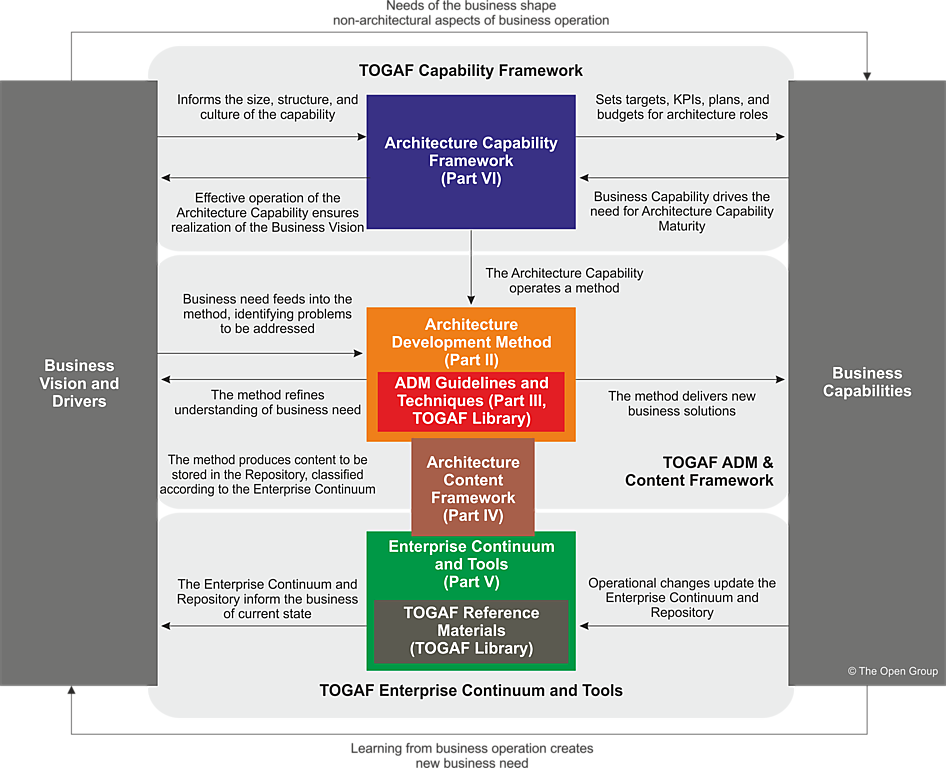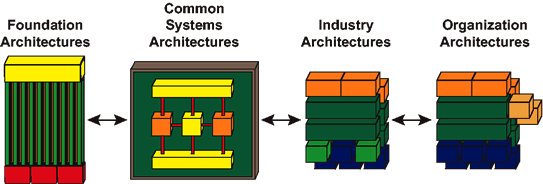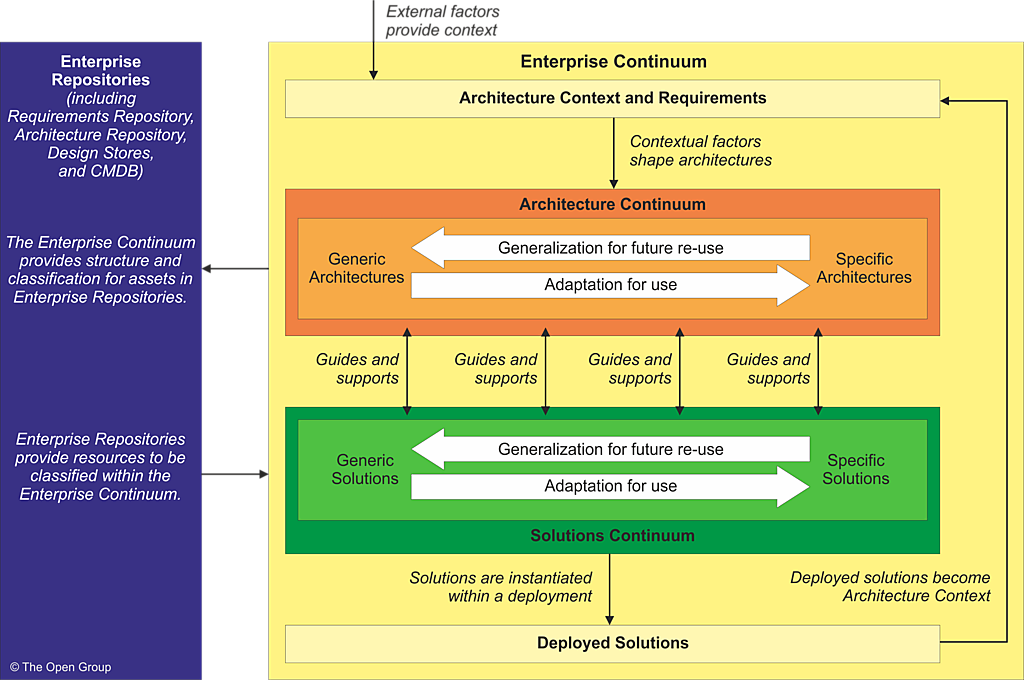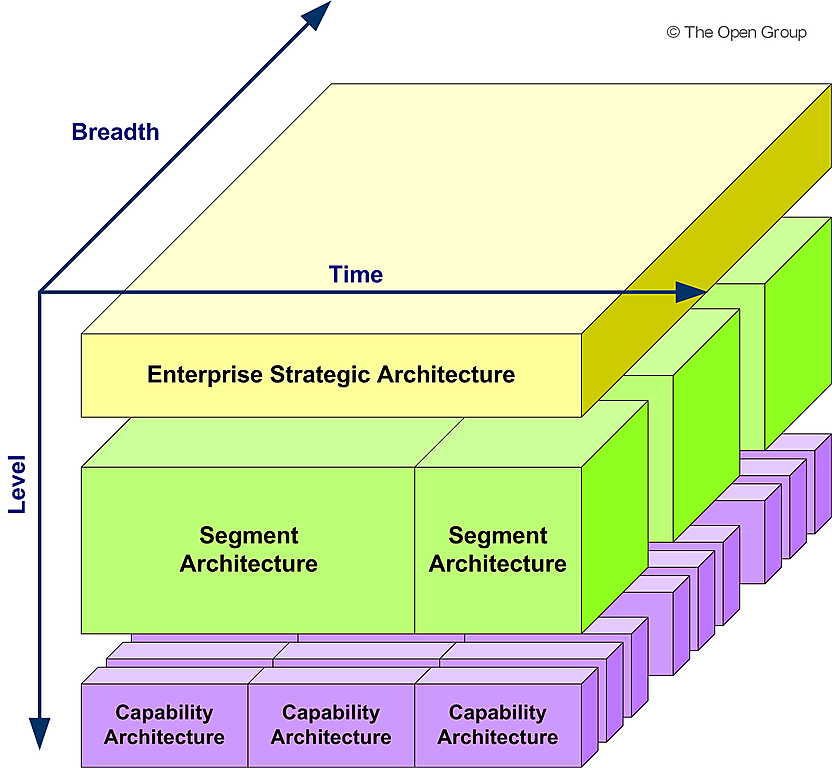The Importance of Change Management in Enterprise Architecture: What, Why, and How
Introduction Change management is a critical discipline within the realm of Enterprise Architecture (EA) that focuses on preparing, supporting, and helping individuals and organizations in making organizational change. As organizations evolve, whether through technological advancements, shifts in business strategy, or changes in market conditions, effective change management becomes essential for ensuring that architecture initiatives are successfully adopted and integrated. This article explores what change management is, why it is important in the context of Enterprise Architecture, and how organizations can implement effective change management practices. What is Change Management? Change management refers to…continue reading →





